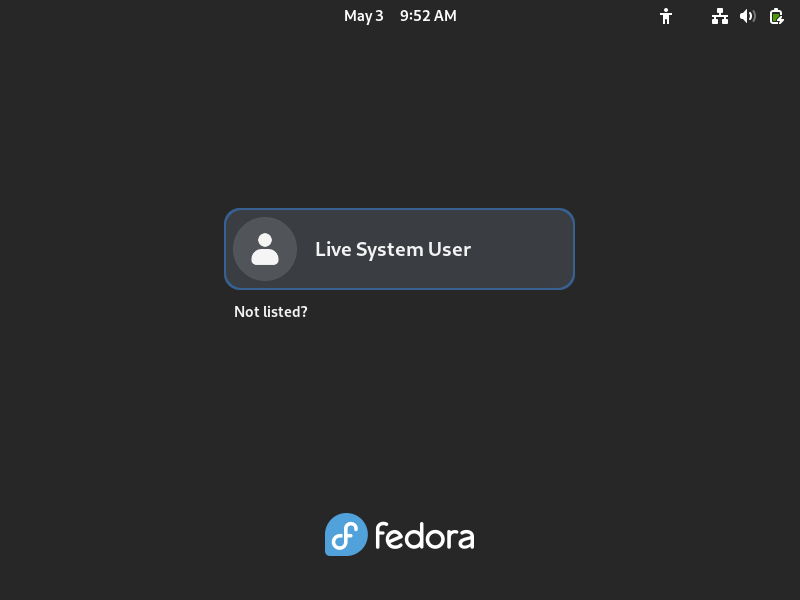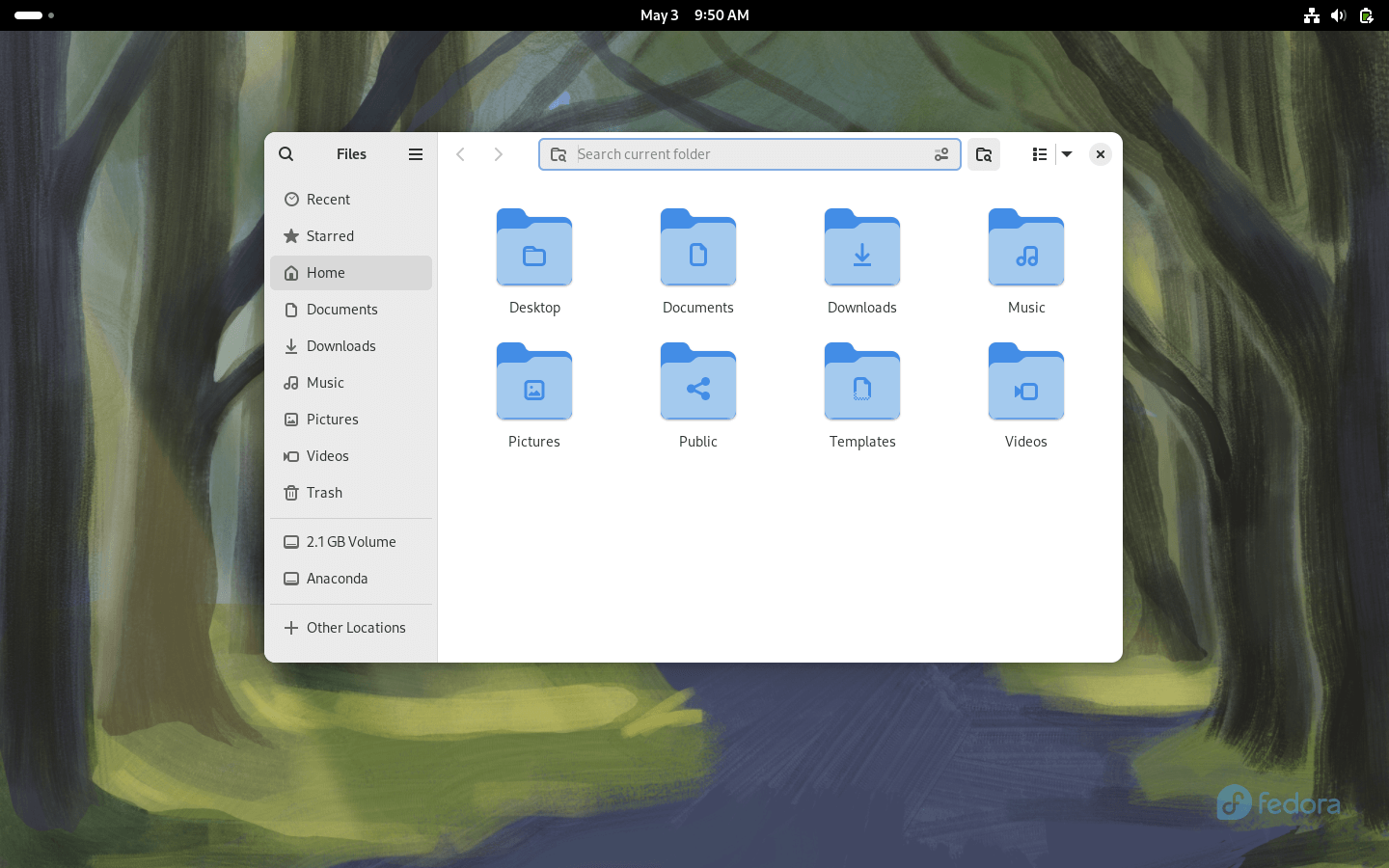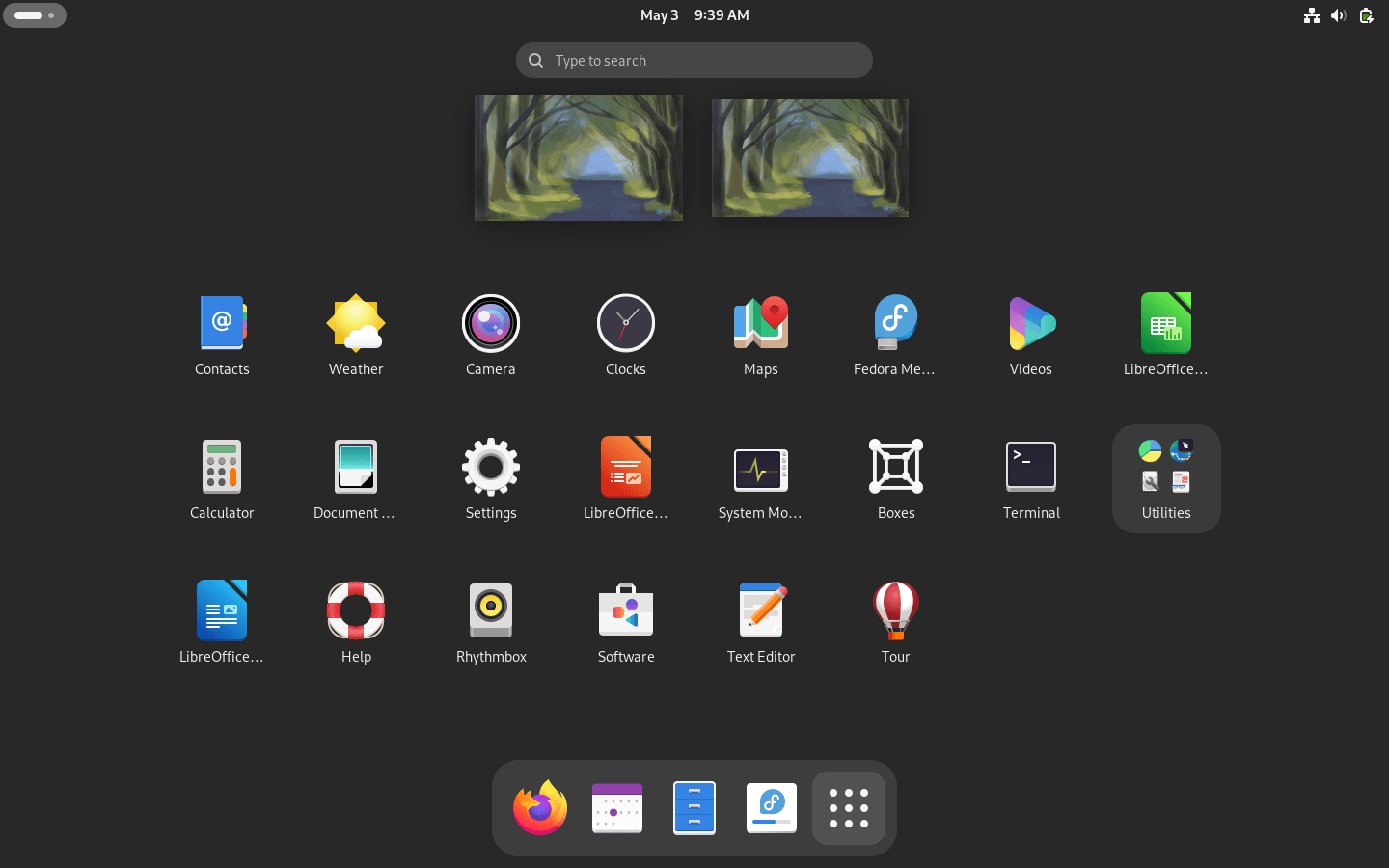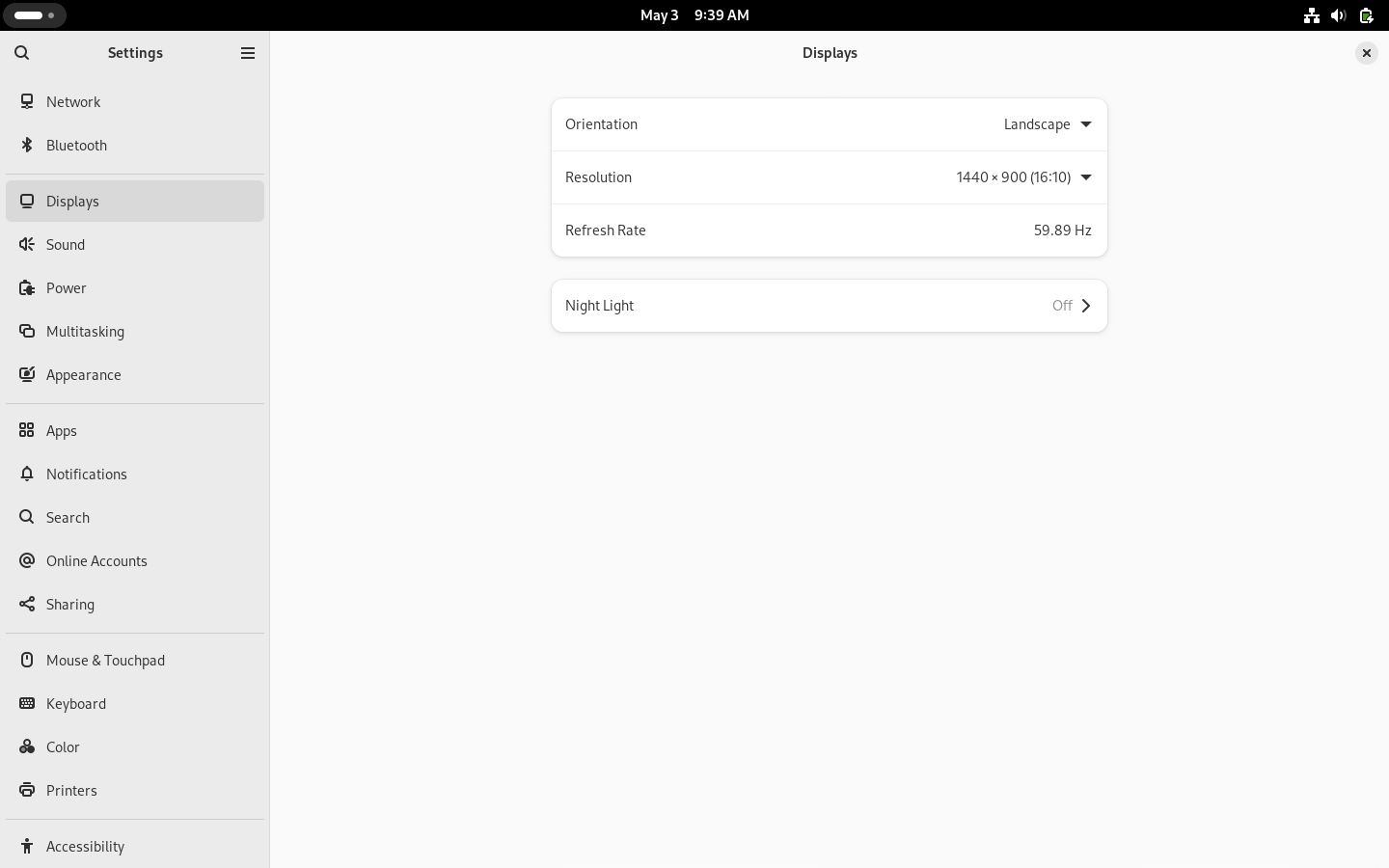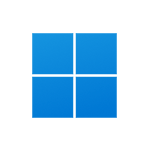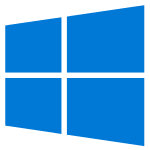Download operating system
for your personal computer.
Fedora Linux 40 (April, 2024) Workstation 64-bit Official ISO Disk Image Download
Latest Version
Description
Fedora Linux 40 was released in April, 2024, preceded by version 39, and was designed for desktop / laptop computers, and servers. Only the 64-bit version is available for Fedora Linux 40. Compared to the previous Fedora release, this version includes some new updates, such GNOME 46, this update brings significant enhancements to the GNOME desktop environment, including a major upgrade to the Files app with a new global search feature and dynamic advancements for file operations. Accessibility and usability improvements to core applications such as Settings, which now have a unified system panel, and the Software app, which displays a verified badge for trusted applications, ensuring a more intuitive interface.
Grouped notifications, touchpad enhancements, and the introduction of a remote login option are other notable updates that enhance productivity and connectivity. GNOME 46 also introduces performance upgrades such as reduced memory usage in search tasks and significant speed increases in terminal applications. Additionally, Fedora Workstation 40 includes under-the-hood changes such as IPv4 address conflict detection and direct integration of PyTorch into its software repository, simplifying access to this machine learning framework.
This release also marks a change in terminology from "immutable" to "atomic" for RPM-Ostry based variants of Fedora, which aligns with a broader rebranding strategy. With these advancements, Fedora Workstation 40 promises a more efficient, responsive, and user-friendly computing environment, making it an attractive option for users and developers.
For more information, read the release document of Fedora Linux 40.
From version 31 onwards, Fedora dropped support for the 32-bit platform.
General information from Fedora
Fedora is a free and open source Linux operating system (or distribution) that has been developed by contributions from community members and Red Hat. Fedora was designed for personal computers and servers, and is currently available in three different editions, which are for Workstation (for personal computer), Server (for servers), and Atomic (for cloud computing). GNOME is currently the default desktop environment for the operating system, and the GNOME Shell is the default user interface. There are more other desktop environments supported in Fedora, such as Cinnamon, Xfce, and MATE. Like other Linux distributions, Fedora is bundled with many general software applications such as Firefox Browser, LibreOffice, Media Player etc.
Specification
| Available in | 35+ languages |
| CPU Platform(s) | X86-64 |
| License | Free and open-source software |
System requirements
Minimum:
- 2GHz dual-core processor or faster.
- 15 GB of hard disk space.
- 2 GB of RAM.
Installation Instructions
Follow the steps given below:
- Download the Fedora Linux 40 ISO image file from the download section.
- Install a USB bootable creation software on your Windows PC.
- Plug in a USB flash drive (at least 4 GB of free space available) with your PC.
- Open the USB bootable creation software, and select the ISO image file of Fedora Linux 40, and start the process.
- As soon as done, plug the bootable USB into a system where you want to install Fedora Linux 40.
- Restart the target computer.
- Press the boot device menu key and select USB to boot first.
- Select USB device and start the Fedora Linux 40 installer.
Starting installer in VMware
- Download the Fedora Linux 40 ISO image file from the download section.
- Launch the VMware Player, and start creating a new virtual machine.
- Select the ISO image file of Fedora Linux 40, and use the default settings for the virtual machine.
- Start the virtual machine and go to the Fedora Linux 40 installer.
Starting installer in VirtualBox
- Download the Fedora Linux 40 ISO image file from the download section.
- Launch the Virtualbox application on your computer, and start creating a new virtual machine.
- Select Ubuntu and use defualt settings for the virtual machine.
- Start VM and when it asks to select the Host Drive, then select the downloaded Fedora Linux 40 ISO file in step 1.
Last step
As soon as you go to the Fedora Welcome Screen, follow the steps given below:
- Proceed on the welcome screen.
- Accept the license agreement, and proceed.
- Configure firewall, date / time, etc.
- Create root user.
- Follow on-screen instructions, and complete the installation.
- Log in to Fedora using your username and password.
- Do not forget to remove the installation medium from the computer (for example, USB, CD / DVD).
Screenshots

